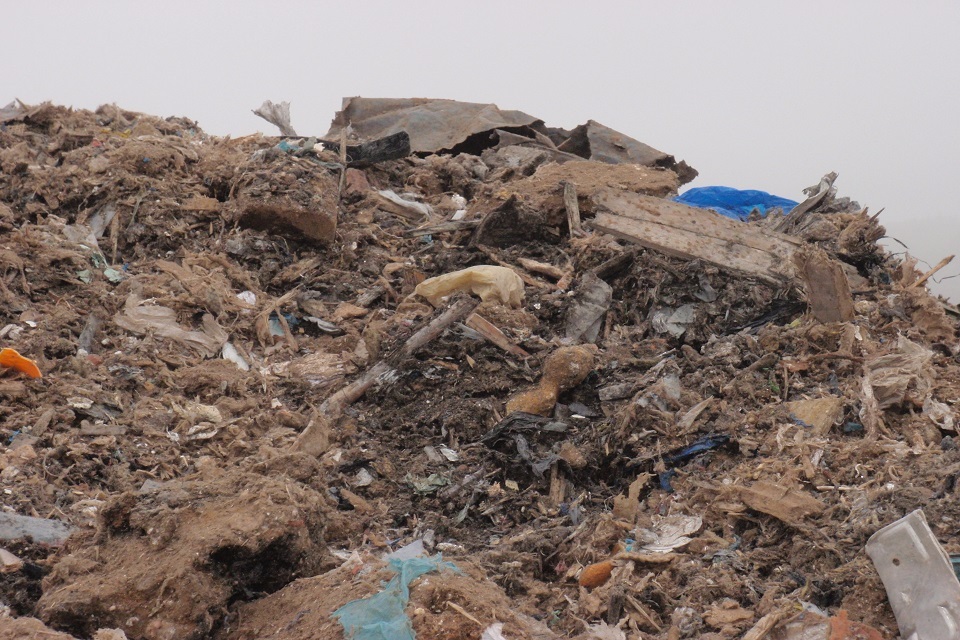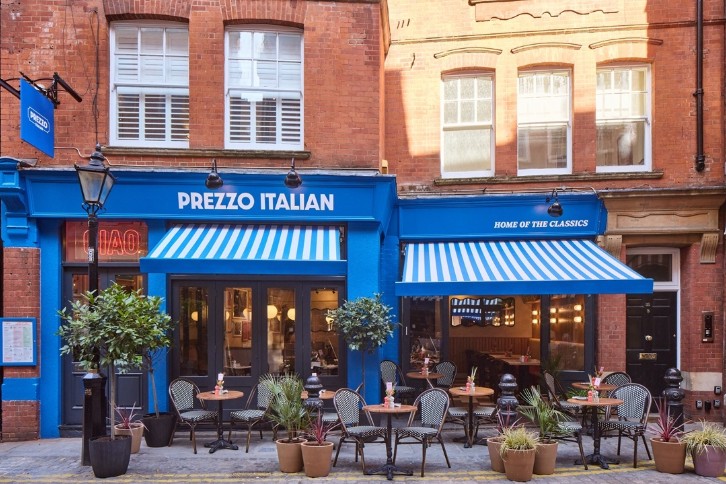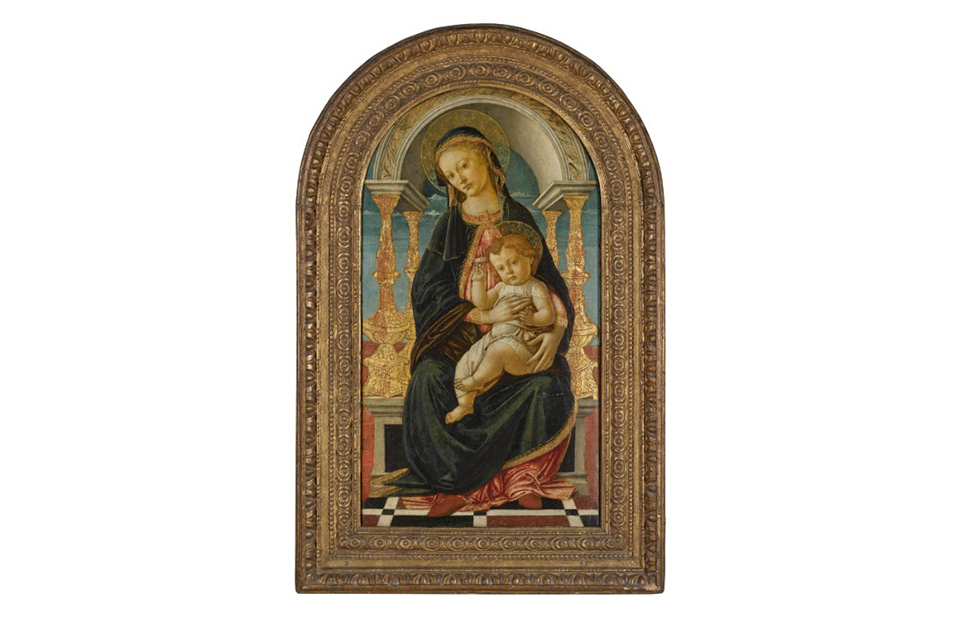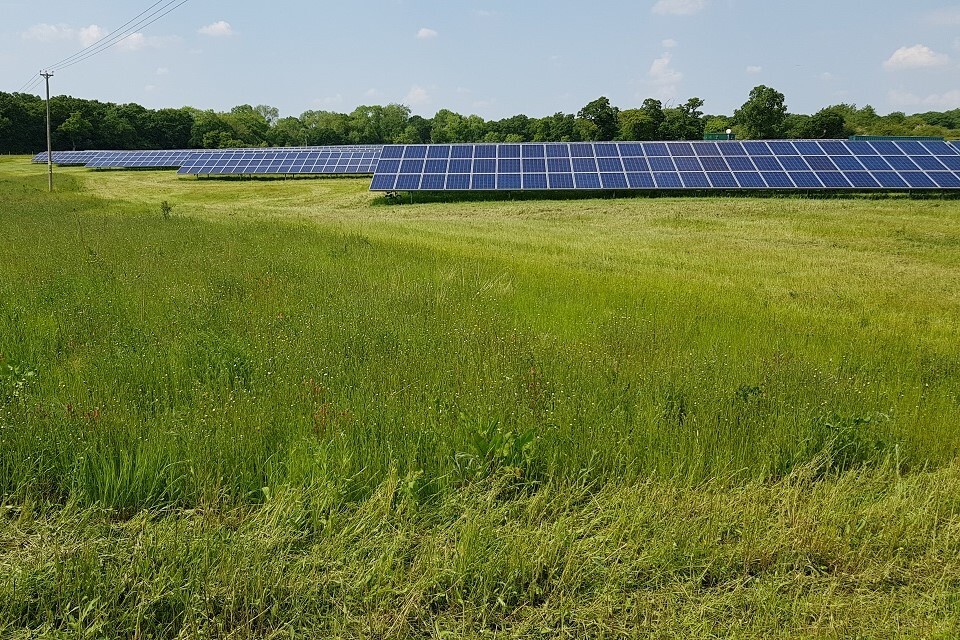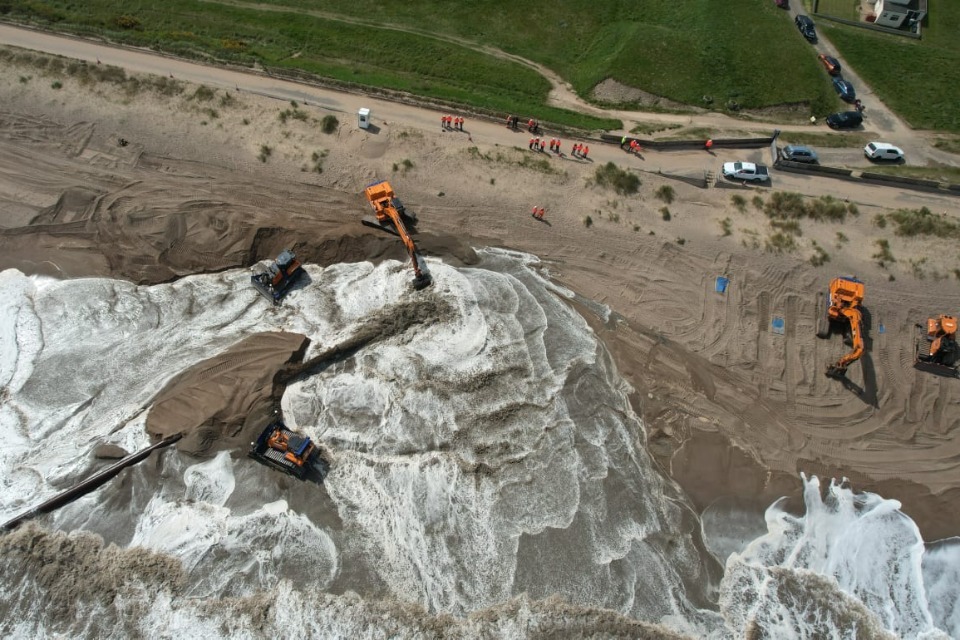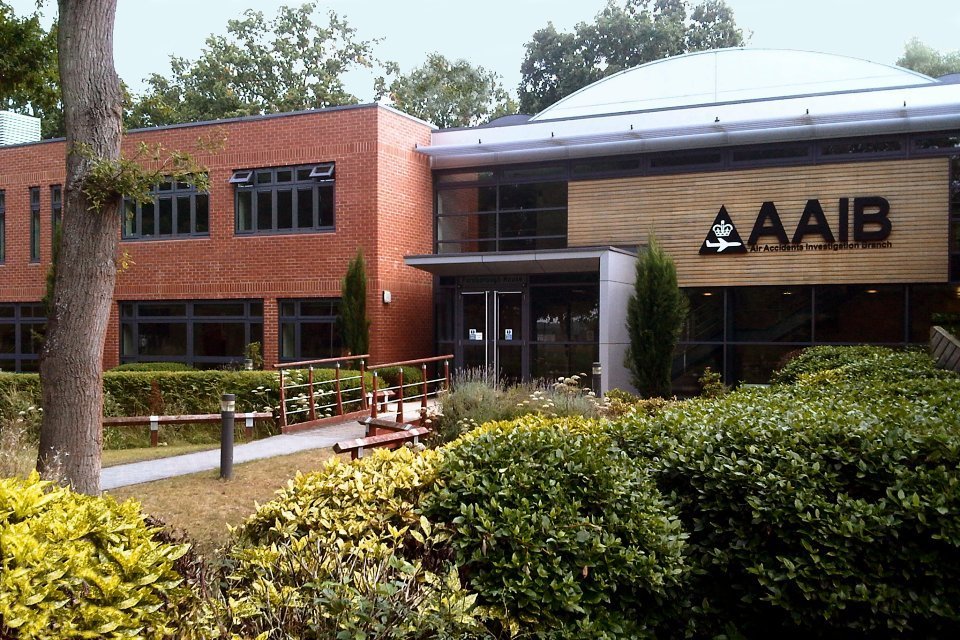What's On
Biggest ever Welsh pension fund to be established with £25…
Going Out
If you’ve ever dreamt of adding ‘exhibition curator’ to your…
Reviews
Learning care is one of the best online -Montessori schools.…
Latest Articles
The leaders of France, Germany, Poland and the UK will be in Kyiv tomorrow as calls intensify for…
Emergency contact details for Saturday 10 May and Sunday 11 May.
The work has been valued at £10.2 million The export bar will allow time for a UK gallery…
Mrs Sarah Hulton OBE has been appointed His Majesty’s Ambassador to the Republic of the Philippines and His…
The application will comprise of the construction, operation (including maintenance) and decommissioning of ground mounted solar photovoltaic (PV)…
Court imposes fines, costs and confiscation order on director and his company for nearly £100,000 Judge tells defendant…
Visitors to the Regency villa in Hampstead where Romantic poet, John Keats, lived and wrote some of his…
Chancellor visited Sunderland today following landmark economic deal with the US that saved thousands of auto jobs and…
In Spotlight
The Prime Minister met Prime Minister Jonas Gahr Støre of…









